Muscle injuries can be disruptive—not just to your physical health, but to your lifestyle, confidence, and mental well-being. Whether you’re a weekend warrior recovering from a sprain or an athlete facing a longer healing process, understanding how muscle rehab works is key to returning stronger and safer.
What Is Muscle Rehab?
Muscle rehab, short for muscle rehabilitation, is a structured process designed to restore strength, flexibility, and function to injured or weakened muscles. It’s not just about healing; it’s about restoring balance, preventing re-injury, and improving overall muscular performance. This process often involves a combination of:
-
Therapeutic exercises
-
Manual therapy
-
Electrical stimulation
-
Cryotherapy or heat therapy
-
Stretching routines
-
Gradual load reintroduction
Proper muscular rehab doesn’t stop when the pain disappears. In fact, stopping too early is one of the biggest reasons people suffer repeat injuries.
The Role of a Muscle Rehab Center
A muscle rehab center provides a controlled, supervised environment where licensed professionals—including physical therapists and rehabilitation specialists—guide patients through their recovery. These centers are especially important for post-surgery cases or complex injuries involving tendons and ligaments in addition to muscle tissue.
At a high-quality rehab center, you can expect:
-
Customized recovery plans based on diagnostic assessments
-
Ongoing progress tracking
-
Access to specialized equipment (such as anti-gravity treadmills or resistance machines)
-
One-on-one guidance during critical recovery stages
For many, the structured setting and expert oversight are what make the difference between short-term recovery and long-term performance.
My Experience With Muscular Rehabilitation
A few years ago, I suffered a major quad strain during a deadlift PR attempt that went wrong. Like many people, I initially tried to "walk it off." I kept training at a reduced intensity, thinking I was doing the right thing. But persistent tightness and instability told me otherwise.
Eventually, I checked into a muscle rehab center where I worked with a sports physio who didn’t just focus on the injured area—he looked at my movement patterns, core engagement, and even ankle mobility. What surprised me most was how much of my rehab focused on corrective exercises and neuromuscular re-education, not just stretching and massage.
It took about 10 weeks, but I came back stronger, pain-free, and far more aware of how to move efficiently. More importantly, I learned that muscular rehabilitation is not just about healing—it's about rebuilding smarter.
Why Muscular Rehab Matters for Everyone
Muscular injuries don’t just happen to athletes. Everyday activities—lifting a heavy box, slipping on a wet floor, or sitting too long—can lead to strains, spasms, and even tears. That’s why muscular rehab should be viewed as a valuable tool for everyone, not just competitors.
Benefits include:
-
Pain reduction without dependence on medication
-
Improved muscular coordination and joint stability
-
Lower risk of future injury
-
Faster return to normal activities
If you’ve experienced recurring soreness, reduced mobility, or nagging pain that doesn’t improve with rest, it may be time to consult a professional. Early intervention is often the most effective path to full recovery.
Final Thoughts
Muscle rehab is more than just "getting better"—it’s a reset for your body. Whether you pursue recovery at home, under guidance at a muscle rehab center, or as part of a broader muscular rehabilitation program, the goal remains the same: to restore function, strength, and confidence.
Listen to your body. Respect the recovery process. And remember: moving again is good—but moving well is better.




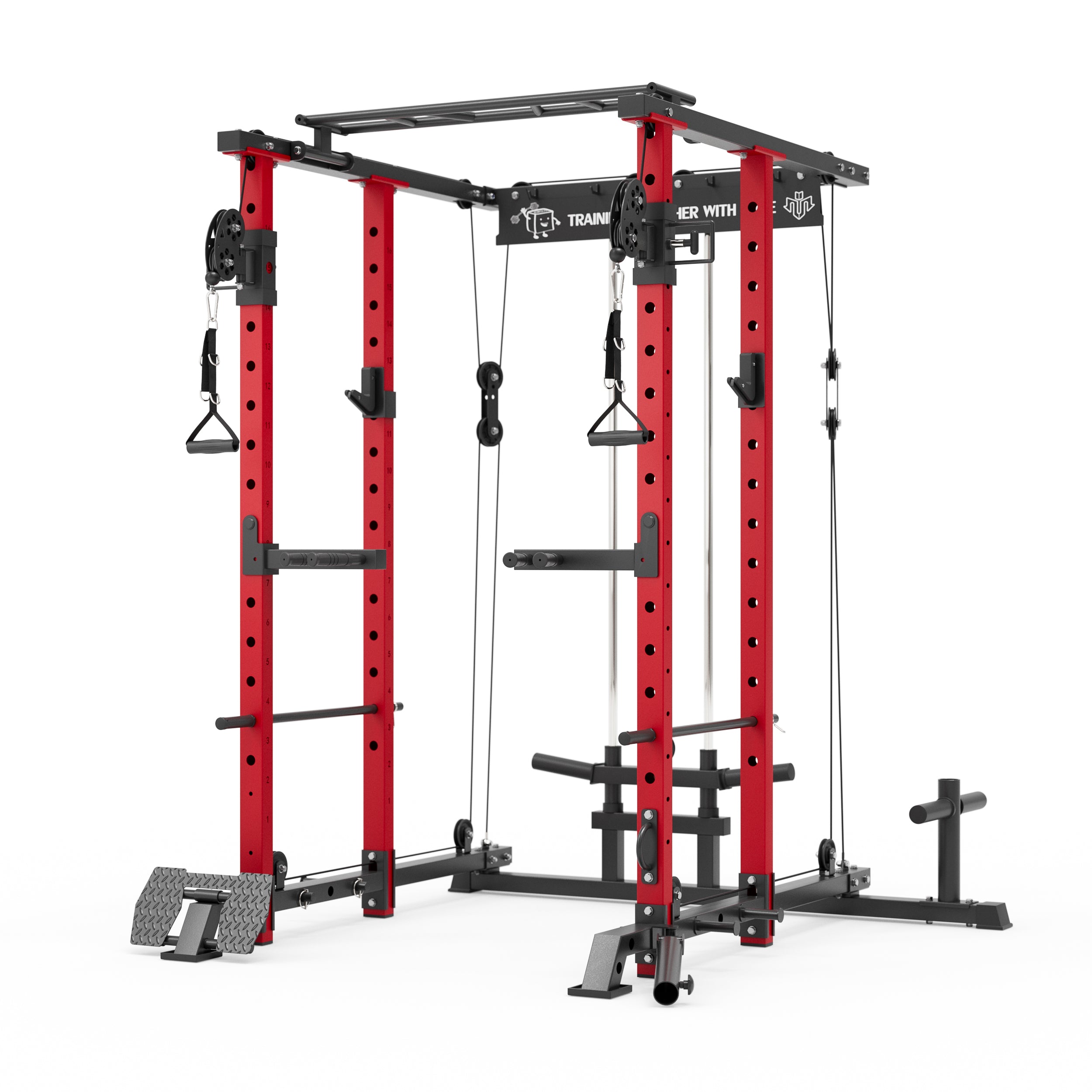


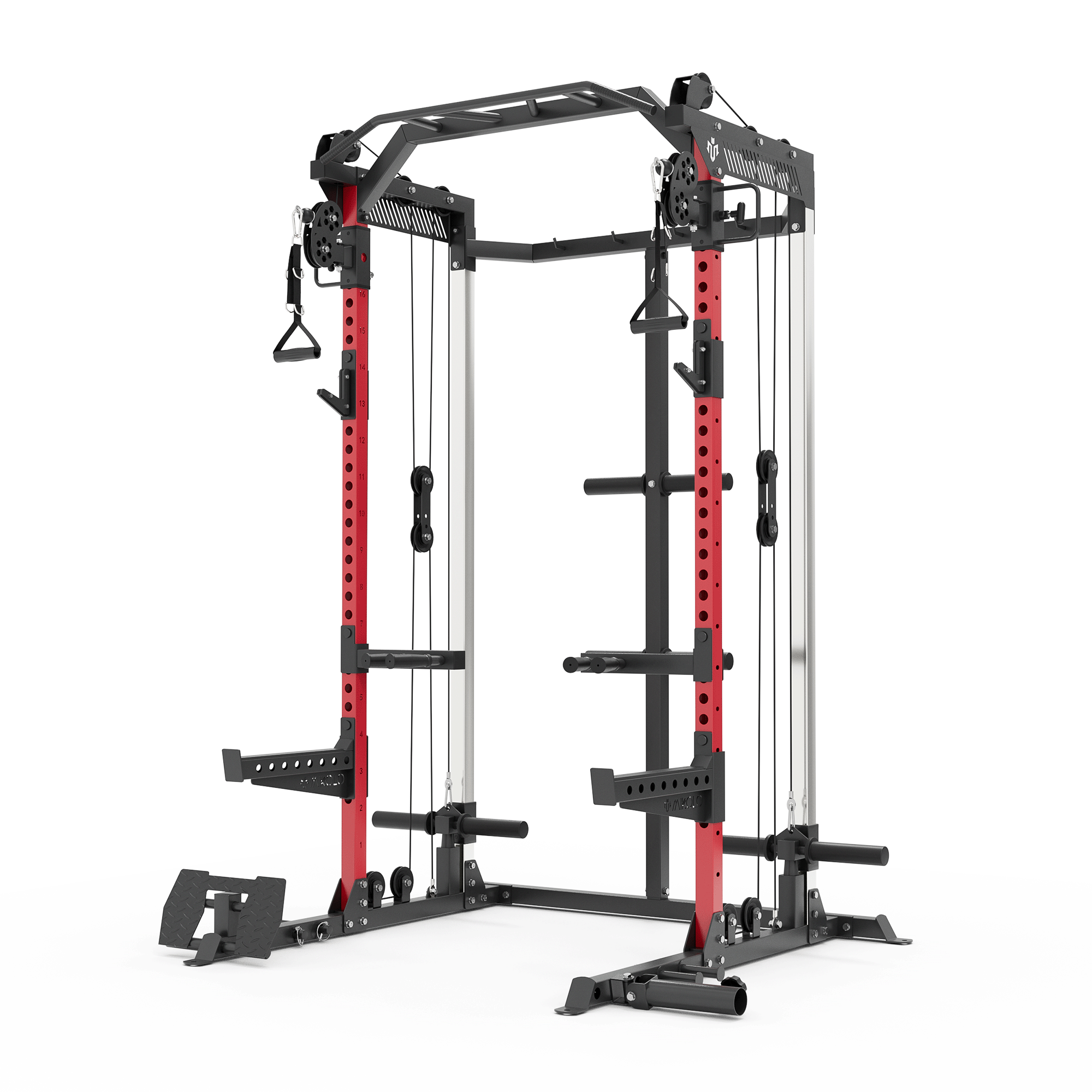



















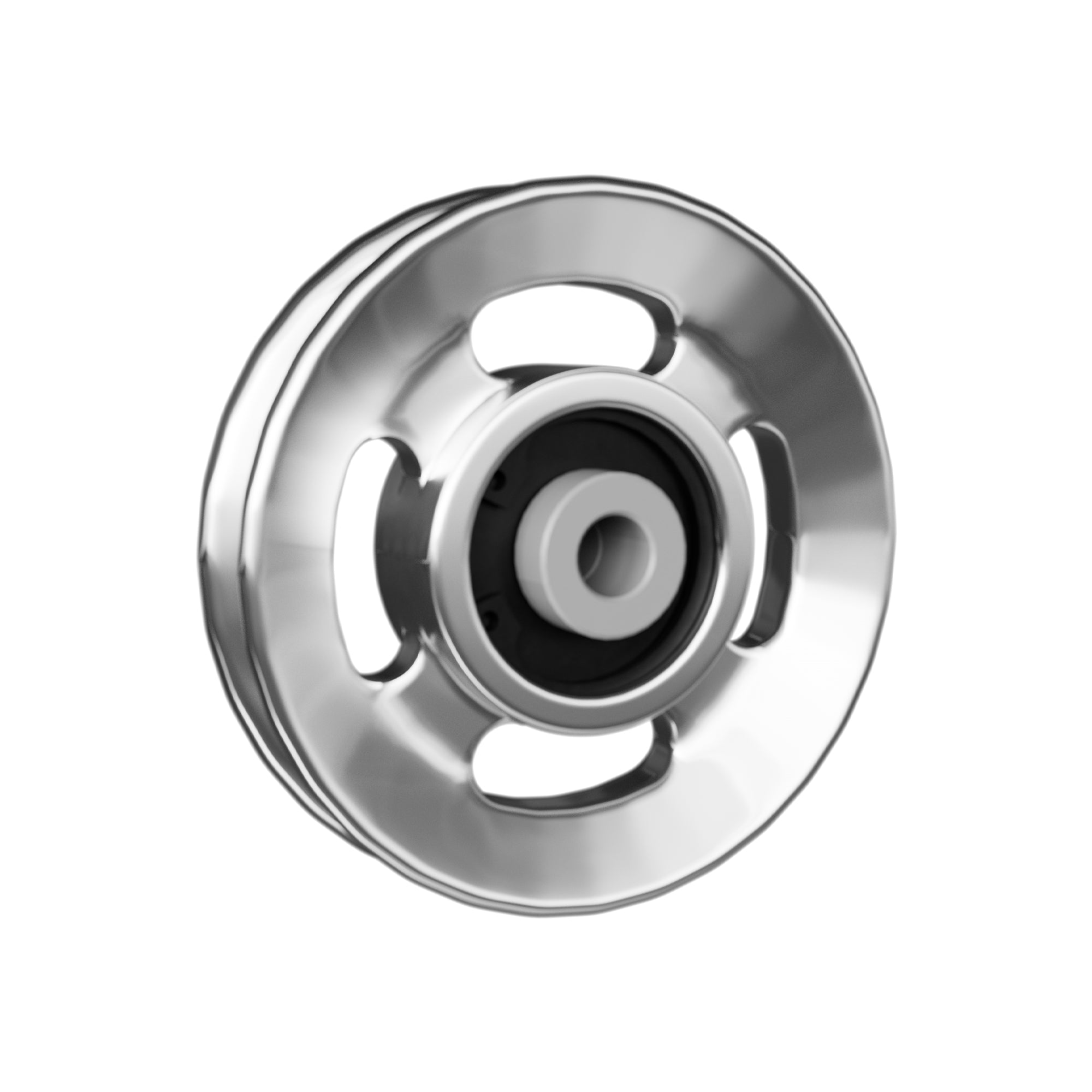



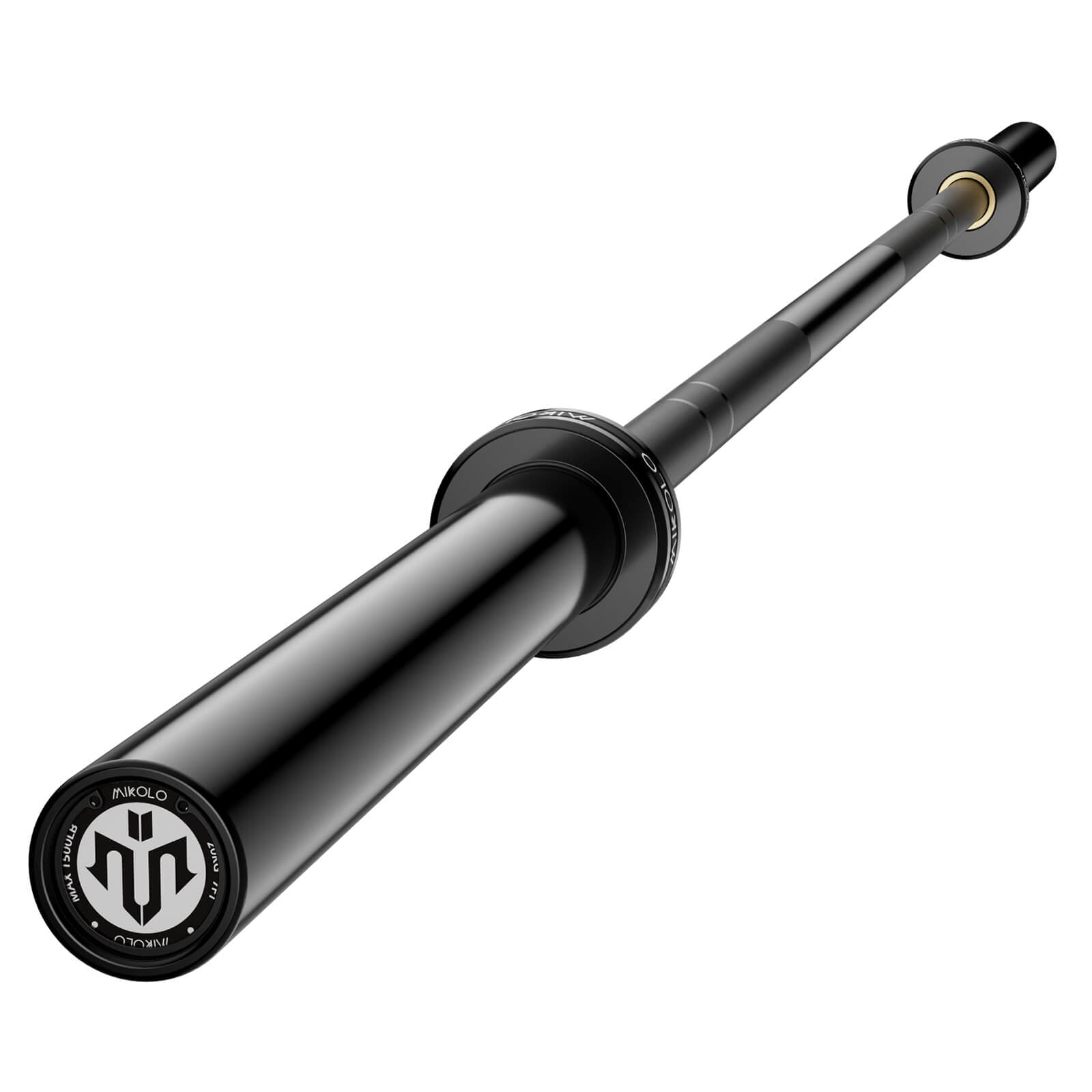
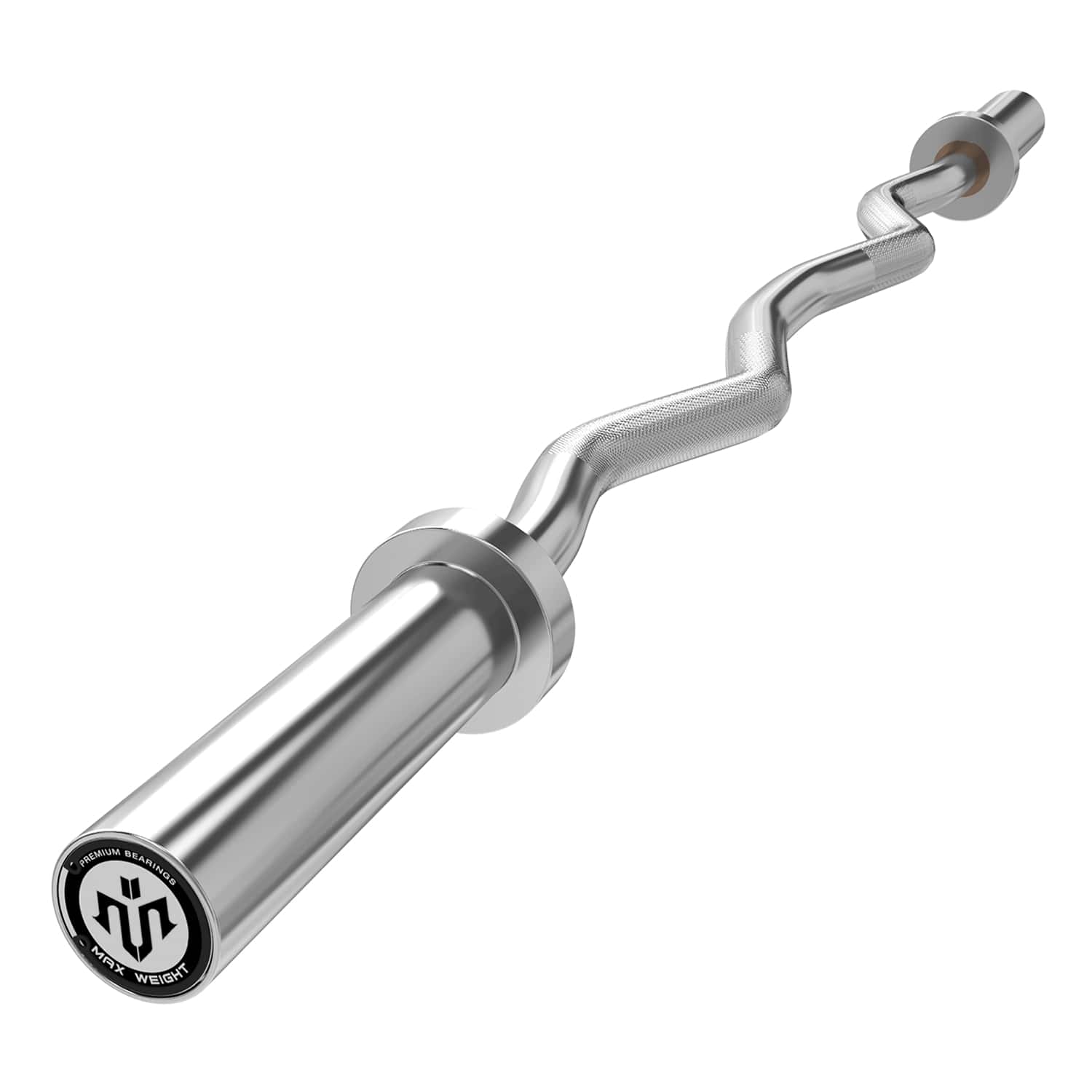







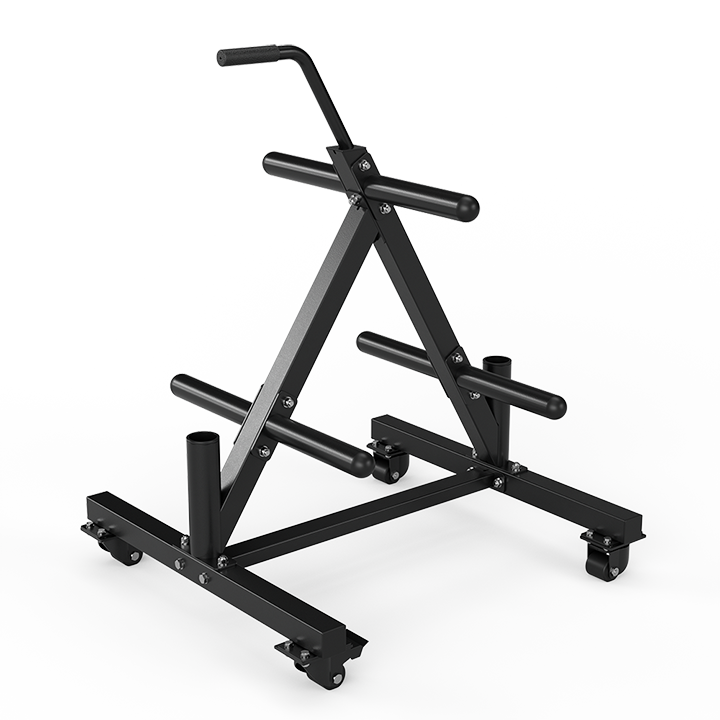





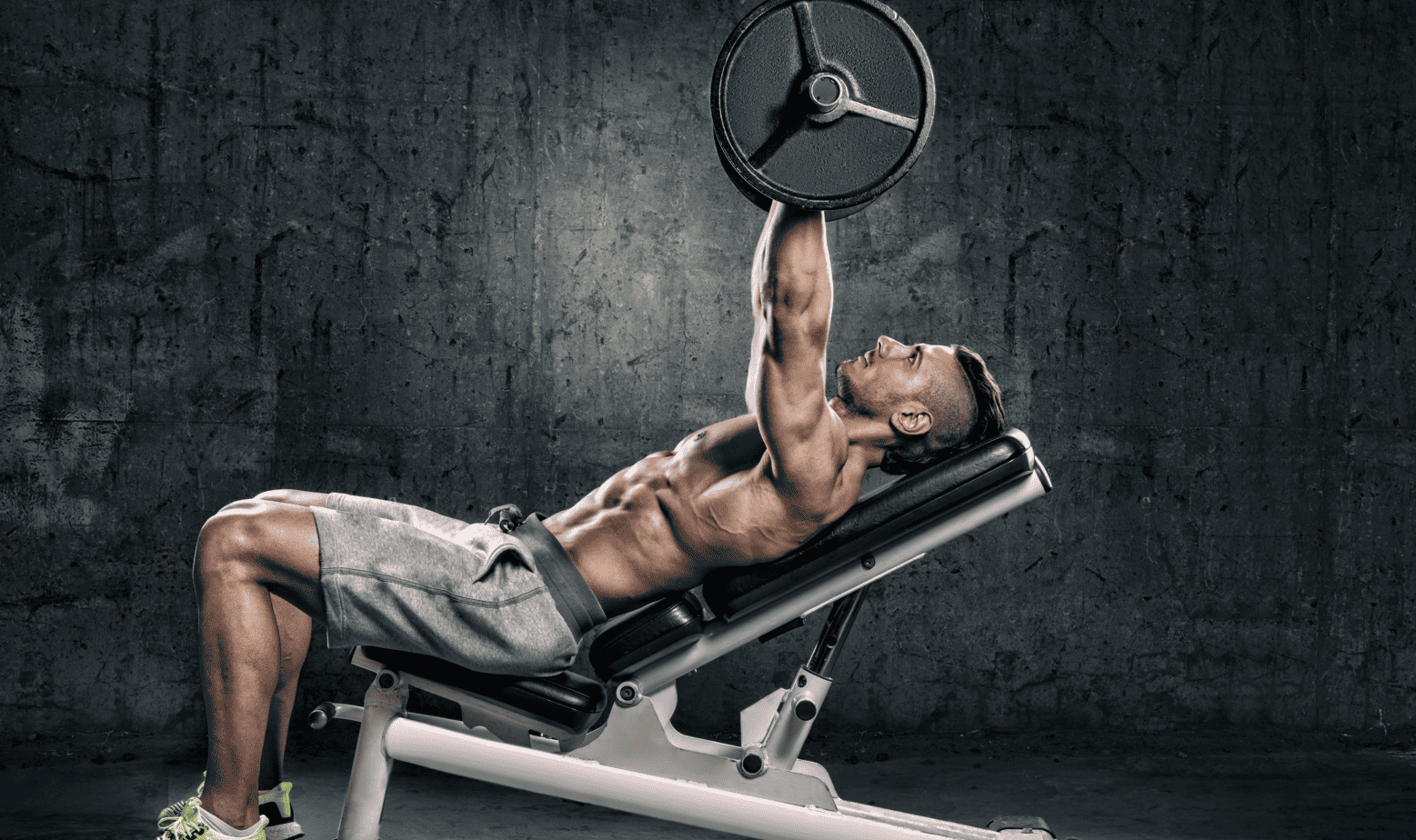
Leave a comment
This site is protected by hCaptcha and the hCaptcha Privacy Policy and Terms of Service apply.